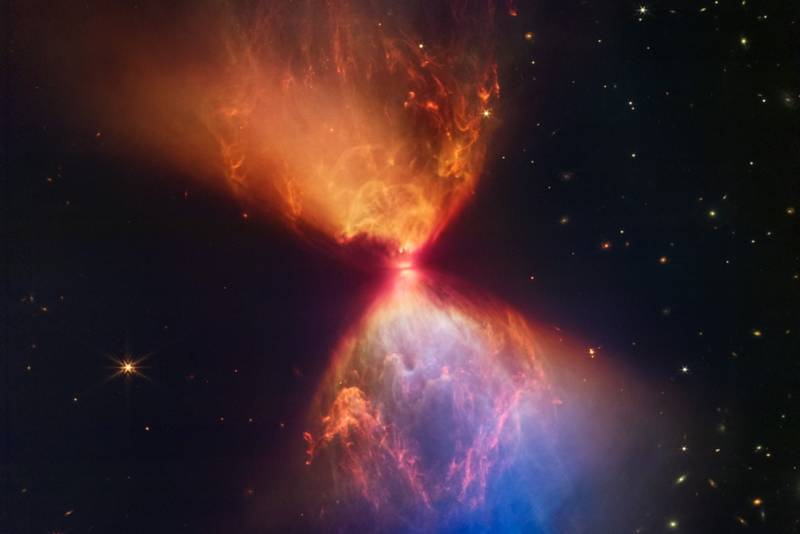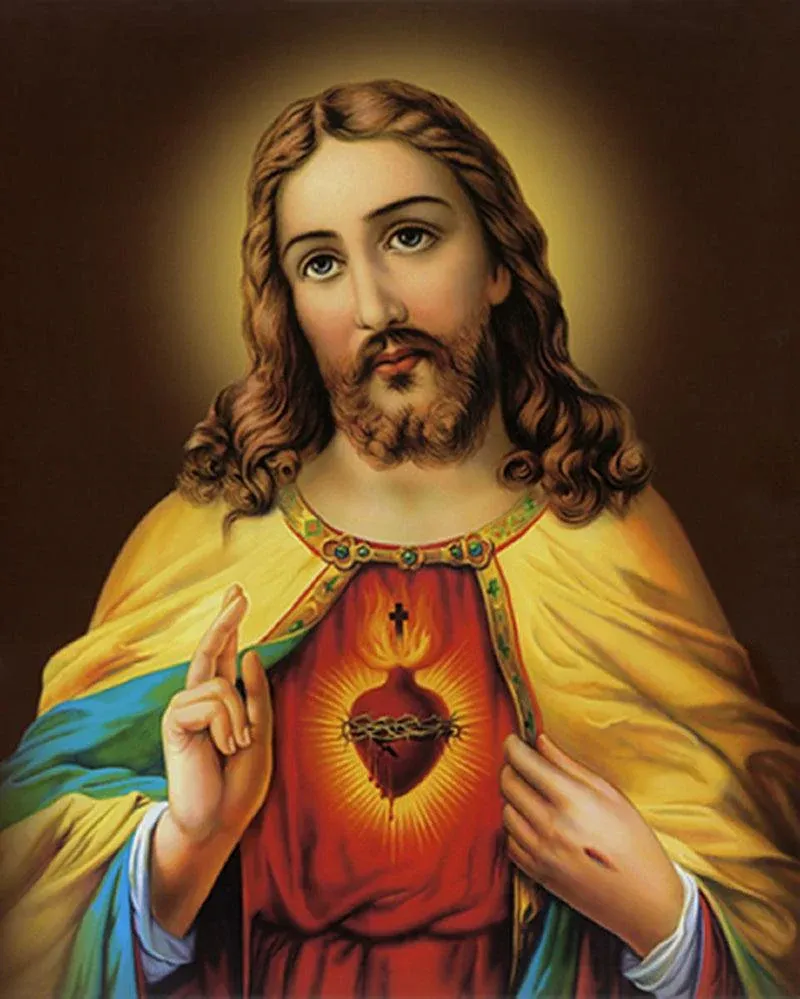NASA’s James Webb Space Telescope has returned with another celestial image. This latest photograph shows the process of how a new star is formed.
Read Also: Porsche Officially Reveals the 911 Dakar
Enveloped within a dark cloud, the protostar appears to look like a star but isn’t yet hot enough for its nuclei to fuse together. The clouds that make up the Taurus star-forming region are only visible in infrared light, made visible under the telescope’s near-infrared camera (NIRCam).
The protostar is concealed by these clouds, which appear in an hourglass shape. Running through the middle of them is a black line, a protoplanetary disk of dense gas that forms after a molecular cloud collapses.
Blue and orange clouds represent material that has drifted away from the protostar and is now colliding with surrounding matter. As they create layers of dusk between the cloud and the telescope, blue resembles where the dust is thinnest, while thicker layers where light can’t shine through show up as orange.
This cloud, categorized as L1527, is relatively young at 100,000 years old. It’s considered a class 0 protostar, designated as the earliest stage of star formation, when gas and dust are still being pulled into the center of the protostar. As the star gradually accrues mass, it’ll grow hotter and more dense, eventually allowing nuclear fusion to give way to a full-fledged star.




